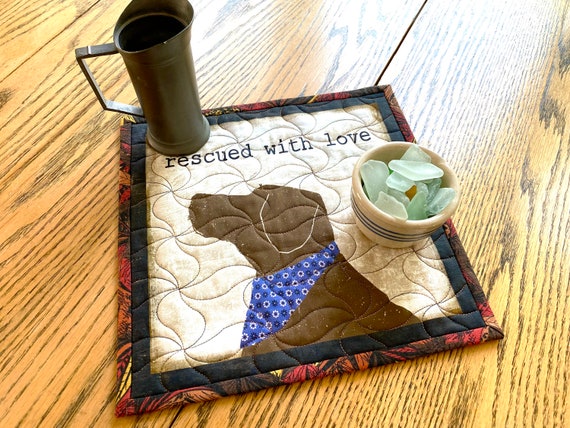Top News Sites Fundamentals Explained
Top News Sites Fundamentals Explained
Blog Article
Unique Art - Questions
Table of ContentsThe Definitive Guide to Unique ArtThe Unique Art StatementsAn Unbiased View of Unique Art6 Easy Facts About Unique Art Shown
While one may dispute which art type holds priority, the fact stays that each of these seven kinds provides a distinct home window right into human background, culture, and advancement. They are the tapestries that chronicle our journey, reminding us of our past while motivating visions for the future.Fantastic art work informs a tale, makes people look twice, and produces an one-of-a-kind experience that can not be matched. Art and illustrations interact every one of that with shade, form and various other design aspects. Find out how to make your distinct art work attract attention from the group.
3 Emil DervishIn this entranceway by Emil Dervish that lovely cobalt blue door takes the show. To bring even much more dramatization, he prolonged the paint. to the doorframe and the wall surface up, completing in a curved shape. The contours, together with a round sconce, soften the sides - Unique Art. After that structures classic posters and maps of precious areas established the scene.
8 TRIA GIOVANEqual parts grand and laidback, this foyer created by Anthony Baratta is the perfect plan to follow if you're enhancing an official entryway that still really feels unfussy and comfy. Patterned fabrics take facility phase (see the carpetings and the sofa), however they likewise help bring the high ceilings to a human range when hung over wallpaper.
Getting The Unique Art To Work
18 Heidi Caillier DesignA gallery wall surface doesn't need to take up the entire room. Actually, often a tiny one can make a larger style declaration. In this living space, Hiedi Caillier went with micro-mini structures and a random composition. Ad - Continue Analysis Below19 Stephen Kent JohnsonDesigner Juan Carretero chose a deep green paint shade to contrast with the light timber surfaces.
, the expression of ideas and emotions, with the production of certain aesthetic top qualities, in a two-dimensional aesthetic language. The components of this languageits forms, lines, colours, tones, and texturesare made use of in numerous ways to produce sensations of volume, area, motion, and light on a flat surface area. These components are integrated right into expressive patterns in order to stand for real or mythological phenomena, to more tips here translate a narrative theme, or to develop wholly abstract visual connections.
Later on the idea of the "great artist" established in Asia and Renaissance Europe. Noticeable painters were afforded the social condition of scholars and courtiers; they authorized their work, chose its layout and typically its subject and imagery, and established an extra personalif not always amicablerelationship with their clients. During the 19th century painters in Western societies began to lose their social setting and safe and secure patronage.
The Basic Principles Of Unique Art
Others earned an income through visiting events of their job. The demand to appeal to an industry had actually replaced the similar (if much less impersonal) demands of patronage, and its effect on the art itself was possibly similar. Generally, musicians in the 20th century might reach an audience only via industrial galleries and public galleries, although their work may have been periodically reproduced in art regulars
For the background of paint in old Egypt, see Egyptian art and design. The growth of painting in various areas is dealt with in a number of articles: Western painting; African art; Main Oriental arts; Chinese paint; Islamic arts; Japanese art; Korean art; Indigenous American art; Oceanic art and style; South Oriental arts; Southeast Asian arts. , also when a paint's narrative importance is obscure.
Don't copy the style of other artists if you're trying to locate your design. Duplicating other individuals's art work can be terrific in instructional objectives but it will not make you closer to discovering your own special design. Your imaginative design needs to be, what you such as and what influences you.

The Buzz on Unique Art
You need to try great deals of various alternatives and check out whatever before you can concentrate on one certain design or you'll be tired, or worse, More about the author you'll despise your very own design. So I suggest you to attempt every subject that you're interested in, explore as long as you can. Try different tools that excite you and brand-new methods find out this here you have actually never tried prior to.
With time you'll have the ability to arrange every one of them right into your favored and the very least preferred categories. Attempt to focus your interest on the subjects and tools that you like and before you see it coming you'll have your very own individual and special style, like nobody else have! So in the long run you'll have a couple of preferred subjects to paint and maybe a few favorite tools.

Report this page